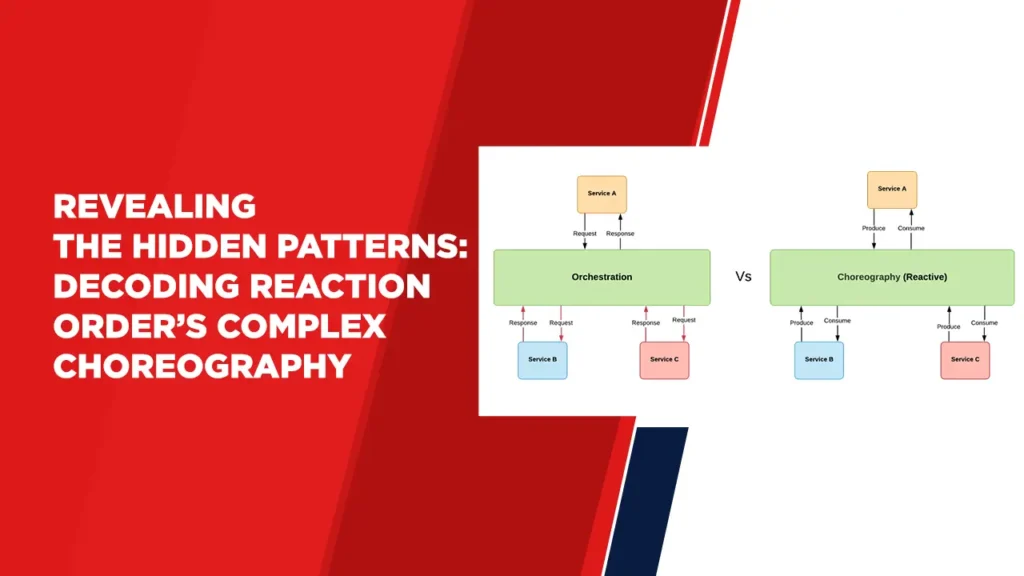Revealing the Hidden Patterns: Decoding Reaction Order’s Complex Choreography
Introduction:
In the world of chemical kinetics, understanding the rates at which reactions occur is vital. The concept of order of reaction provides a framework for comprehending the relationship between reactant concentration and reaction rate. This article delves into the intricacies of order of reaction, shedding light on its significance, differences from molecularity, and the intriguing half-lives of zero and first order reactions.
Defining Order of Reaction:
Order of reaction refers to the exponent of the concentration of reactants in the rate equation that determines the rate of a chemical reaction. It reveals how changes in reactant concentrations influence the rate of reaction. The order of a reaction can be fractional, whole, zero, or even negative, indicating the sensitivity of reaction rate to reactant concentrations.
Difference Between Molecularity and Order of Reaction:
While molecularity and order of reaction are both terms used in chemical kinetics, they represent distinct aspects of a reaction:
Molecularity:
Molecularity is the number of reactant particles that participate in an elementary reaction step. It describes the collision and interaction between molecules, with possible values of unimolecular, bimolecular, or termolecular.
Order of Reaction:
Order of reaction, on the other hand, is a concept applied to the entire reaction, representing the relationship between reactant concentrations and reaction rate as determined by experimental data.
Half-Life of First Order Reaction:
The half life of a reaction refers to the amount of time it takes for half of the concentration of a reactant to be used up. In reactions that follow a first order pattern the half life remains constant. Is not affected by the starting concentration. This characteristic makes first order reactions, in fields including research on radioactive decay and investigations, into drug metabolism
Half-Life of Zero Order Reaction:
In contrast to first order reactions, the half-life of a zero order reaction is directly proportional to the initial concentration of the reactant. This means that as the concentration decreases, the half-life also decreases. Zero order reactions are intriguing due to their ability to maintain a relatively constant rate regardless of reactant concentration fluctuations.
Conclusion:
Order of reaction is a pivotal concept that unlocks the intricate relationships between reactant concentrations and reaction rates. It provides invaluable insights into reaction kinetics and is essential for understanding and controlling chemical processes. By deciphering the order of reaction, scientists and researchers can fine-tune reaction conditions, optimise industrial processes, and gain a deeper understanding of the underlying mechanisms that drive chemical transformations. Through this understanding, the world of chemistry becomes more predictable and manipulable, leading to innovation and progress in various scientific and industrial fields.




